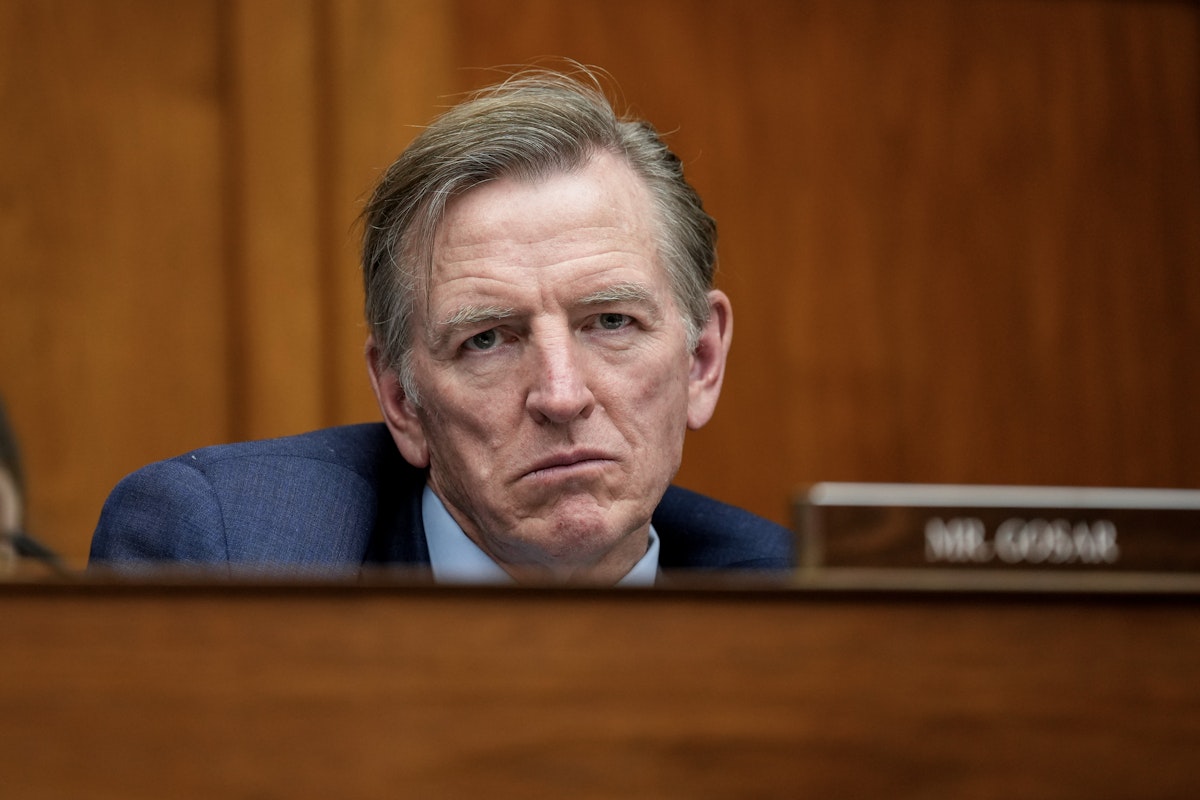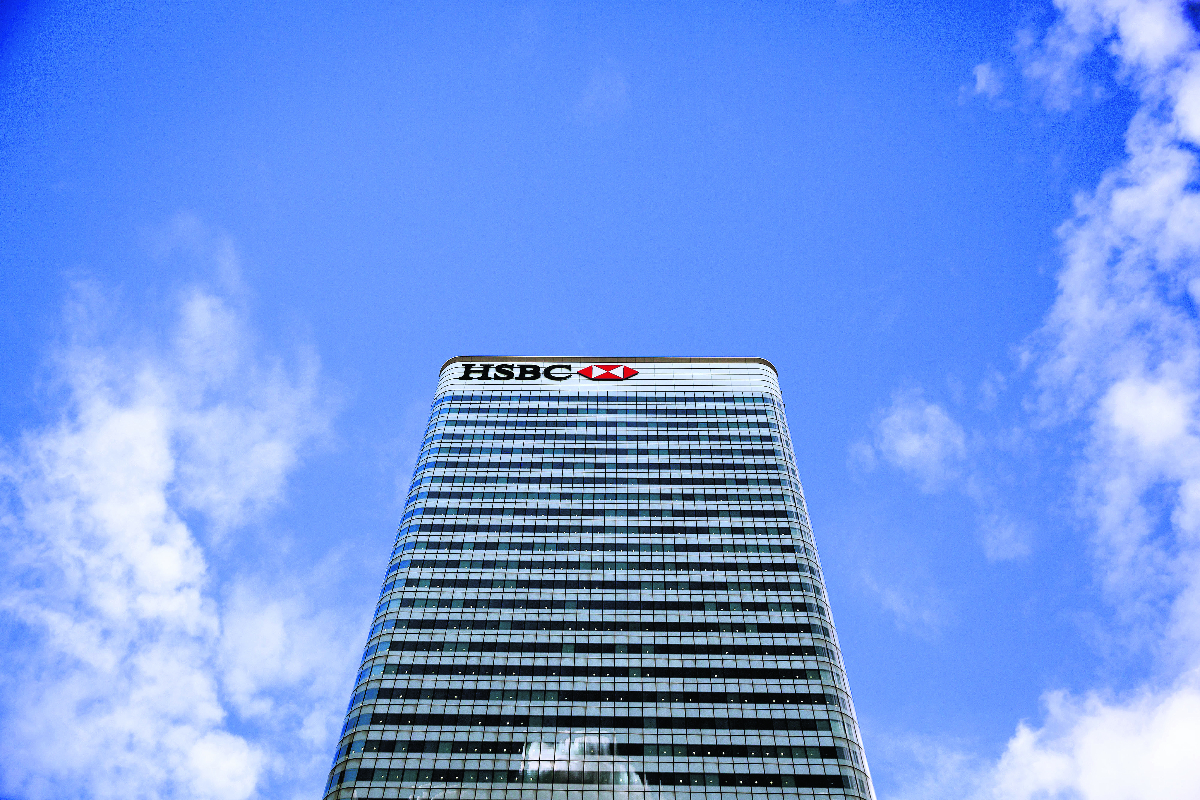The Vatican stands trial in London as a British financier seeks to clear his name in a property deal
ROME (AP) — The Vatican was forced to stand trial in a London court Wednesday, as a British financier sought to recover from the harm he said he suffered to his reputation as a result of a Vatican investigation into its 350 million euro (around $375 million) investment in a London property.It is believed to be the first time the Holy See has been forced to stand trial in a foreign court.A Vatican tribunal has already convicted Raffaele Mincione of embezzlement and related charges, and sentenced him to more than five years in prison, for his role in the London deal. But Mincione, who remains free pending an appeal, lodged a counter civil claim against the Holy See’s secretariat of state at London’s High Court, insisting he acted in good faith.The Holy See unsuccessfully sought to quash Mincione’s claim. His advisers say they expect the trial to last a few weeks and feature the in-person testimony of a high-ranking Vatican official, Archbishop Edgar Pena Parra, the No. 3 in the secretariat of state. While several lawsuits in the U.S. have sought to hold the Vatican liable for clergy sexual abuse, they have always failed since the Holy See was able to claim it enjoyed immunity as a sovereign state. But the British court allowed Mincione’s case to proceed because it involved a commercial transaction, which is not typically covered by sovereign immunity claims. The case concerns the Vatican’s decision in 2013 to invest an initial 200 million in a Mincione fund to acquire 45% of the London property, a former Harrod’s warehouse that it hoped to develop into luxury apartments for the purpose of reaping rental income as a long-term return on its investment. By 2018, the Vatican’s secretariat of state decided to exit the fund, unhappy with its performance, but wanted to retain its ownership of the property. Another London-based broker, Gianluigi Torzi, helped negotiate a 40 million euro payout to Mincione. Vatican prosecutors alleged that Torzi and Mincione were working together from the start. They alleged that Mincione had inflated the property’s value, and they accused Torzi of extorting the Vatican for 15 million euros to cede control of the building the Vatican thought it had.Those transactions were at the heart of the Vatican trial, which ended in December with several convictions among nine of the 10 defendants, including Mincione and Torzi. The tribunal’s written explanation of the verdict hasn’t been published, but both prosecutors and the defendants have announced appeals.Mincione has insisted he acted in good faith throughout his dealings with the Vatican and rejected the Vatican’s accusations. He has taken his case to the United Nations human rights office to highlight some of the incongruities of the Vatican trial, which have also been flagged as problematic by other defense lawyers and outside Italian legal experts.In the British civil case, he is seeking to have the court rule that he acted in good faith and hadn’t inflated the value of the property when the Vatican bought him out. The Vatican, in its defense memo to the High Court, repeated many of the claims made at the earlier trial but added some new ones. In one, the Holy See’s lawyers argued that Mincione should have known that the key Vatican negotiator in the deal, Monsignor Alberto Perlasca, didn’t have authority to sign the contracts at the heart of the transaction.Mincione’s lawyers countered that he couldn’t have known that Perlasca, head of the secretariat of state’s administration office, didn’t have that authority.Perlasca was initially a prime suspect in the Vatican investigation, but was spared prosecution after he changed his story and began cooperating with Vatican prosecutors. His testimony was later discredited after it emerged during the trial that he had been threatened, coached and manipulated into changing his story by an outside public relations consultant with a grudge against another defendant.A separate British court has previously cast doubts about the Vatican prosecutors’ allegations in the London deal. In 2021, Judge Tony Baumgartner of Southwark Crown Court reversed another judge’s decision to seize the British-based bank accounts of Torzi.Baumgartner accused the Vatican prosecutors of making “appalling” misrepresentations and omissions to the court in seeking to freeze Torzi’s assets, and concluded that they hadn’t provided sufficient evidence to make their case against him.
ROME (AP) — The Vatican was forced to stand trial in a London court Wednesday, as a British financier sought to recover from the harm he said he suffered to his reputation as a result of a Vatican investigation into its 350 million euro (around $375 million) investment in a London property.
It is believed to be the first time the Holy See has been forced to stand trial in a foreign court.
A Vatican tribunal has already convicted Raffaele Mincione of embezzlement and related charges, and sentenced him to more than five years in prison, for his role in the London deal. But Mincione, who remains free pending an appeal, lodged a counter civil claim against the Holy See’s secretariat of state at London’s High Court, insisting he acted in good faith.
The Holy See unsuccessfully sought to quash Mincione’s claim. His advisers say they expect the trial to last a few weeks and feature the in-person testimony of a high-ranking Vatican official, Archbishop Edgar Pena Parra, the No. 3 in the secretariat of state.
While several lawsuits in the U.S. have sought to hold the Vatican liable for clergy sexual abuse, they have always failed since the Holy See was able to claim it enjoyed immunity as a sovereign state. But the British court allowed Mincione’s case to proceed because it involved a commercial transaction, which is not typically covered by sovereign immunity claims.
The case concerns the Vatican’s decision in 2013 to invest an initial 200 million in a Mincione fund to acquire 45% of the London property, a former Harrod’s warehouse that it hoped to develop into luxury apartments for the purpose of reaping rental income as a long-term return on its investment.
By 2018, the Vatican’s secretariat of state decided to exit the fund, unhappy with its performance, but wanted to retain its ownership of the property. Another London-based broker, Gianluigi Torzi, helped negotiate a 40 million euro payout to Mincione.
Vatican prosecutors alleged that Torzi and Mincione were working together from the start. They alleged that Mincione had inflated the property’s value, and they accused Torzi of extorting the Vatican for 15 million euros to cede control of the building the Vatican thought it had.
Those transactions were at the heart of the Vatican trial, which ended in December with several convictions among nine of the 10 defendants, including Mincione and Torzi. The tribunal’s written explanation of the verdict hasn’t been published, but both prosecutors and the defendants have announced appeals.
Mincione has insisted he acted in good faith throughout his dealings with the Vatican and rejected the Vatican’s accusations. He has taken his case to the United Nations human rights office to highlight some of the incongruities of the Vatican trial, which have also been flagged as problematic by other defense lawyers and outside Italian legal experts.
In the British civil case, he is seeking to have the court rule that he acted in good faith and hadn’t inflated the value of the property when the Vatican bought him out.
The Vatican, in its defense memo to the High Court, repeated many of the claims made at the earlier trial but added some new ones. In one, the Holy See’s lawyers argued that Mincione should have known that the key Vatican negotiator in the deal, Monsignor Alberto Perlasca, didn’t have authority to sign the contracts at the heart of the transaction.
Mincione’s lawyers countered that he couldn’t have known that Perlasca, head of the secretariat of state’s administration office, didn’t have that authority.
Perlasca was initially a prime suspect in the Vatican investigation, but was spared prosecution after he changed his story and began cooperating with Vatican prosecutors. His testimony was later discredited after it emerged during the trial that he had been threatened, coached and manipulated into changing his story by an outside public relations consultant with a grudge against another defendant.
A separate British court has previously cast doubts about the Vatican prosecutors’ allegations in the London deal. In 2021, Judge Tony Baumgartner of Southwark Crown Court reversed another judge’s decision to seize the British-based bank accounts of Torzi.
Baumgartner accused the Vatican prosecutors of making “appalling” misrepresentations and omissions to the court in seeking to freeze Torzi’s assets, and concluded that they hadn’t provided sufficient evidence to make their case against him.



